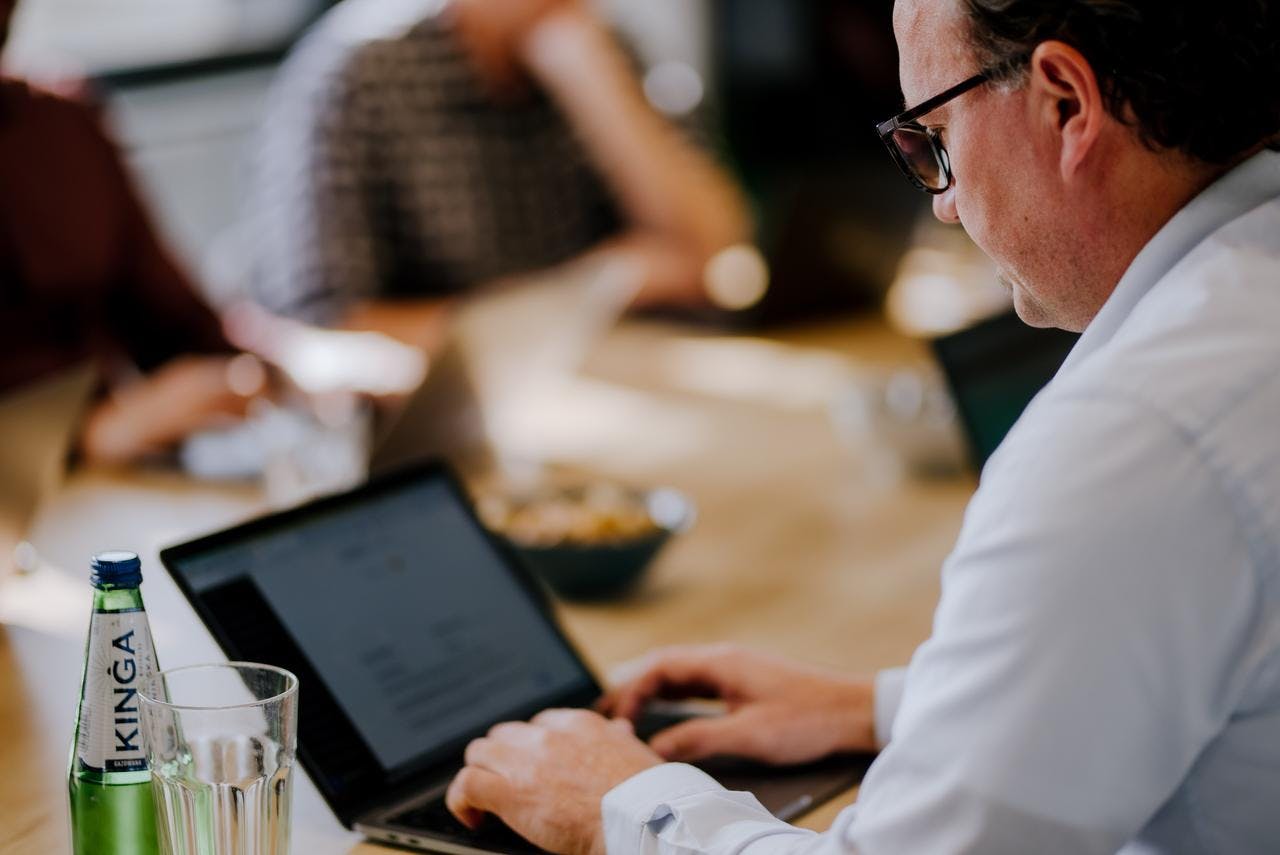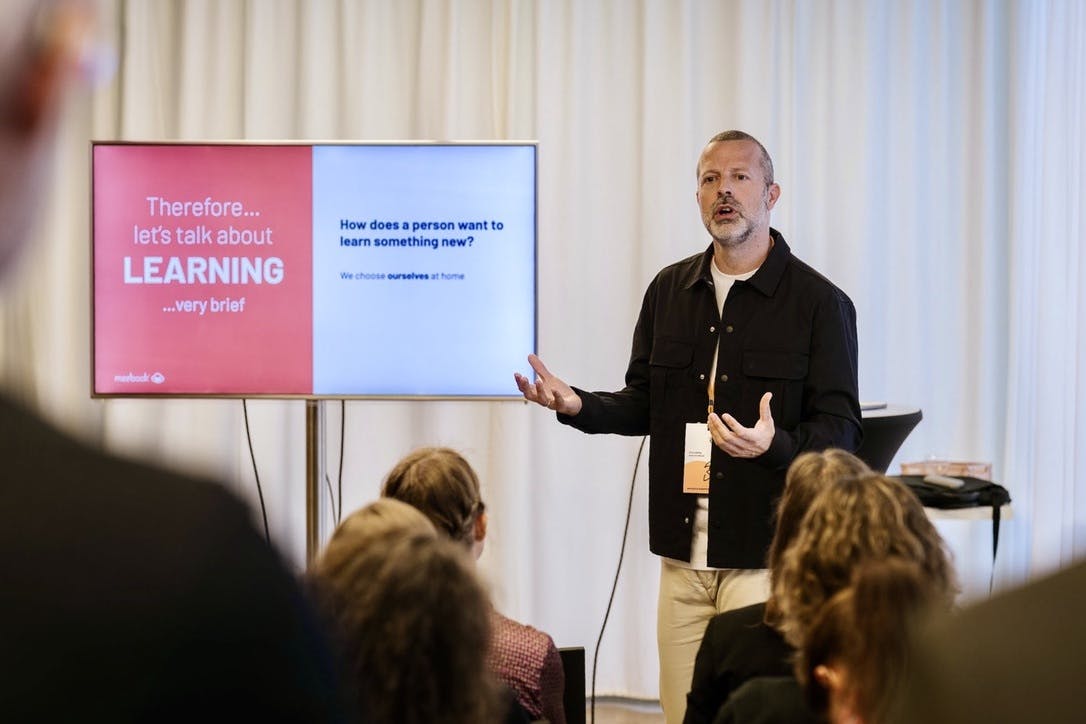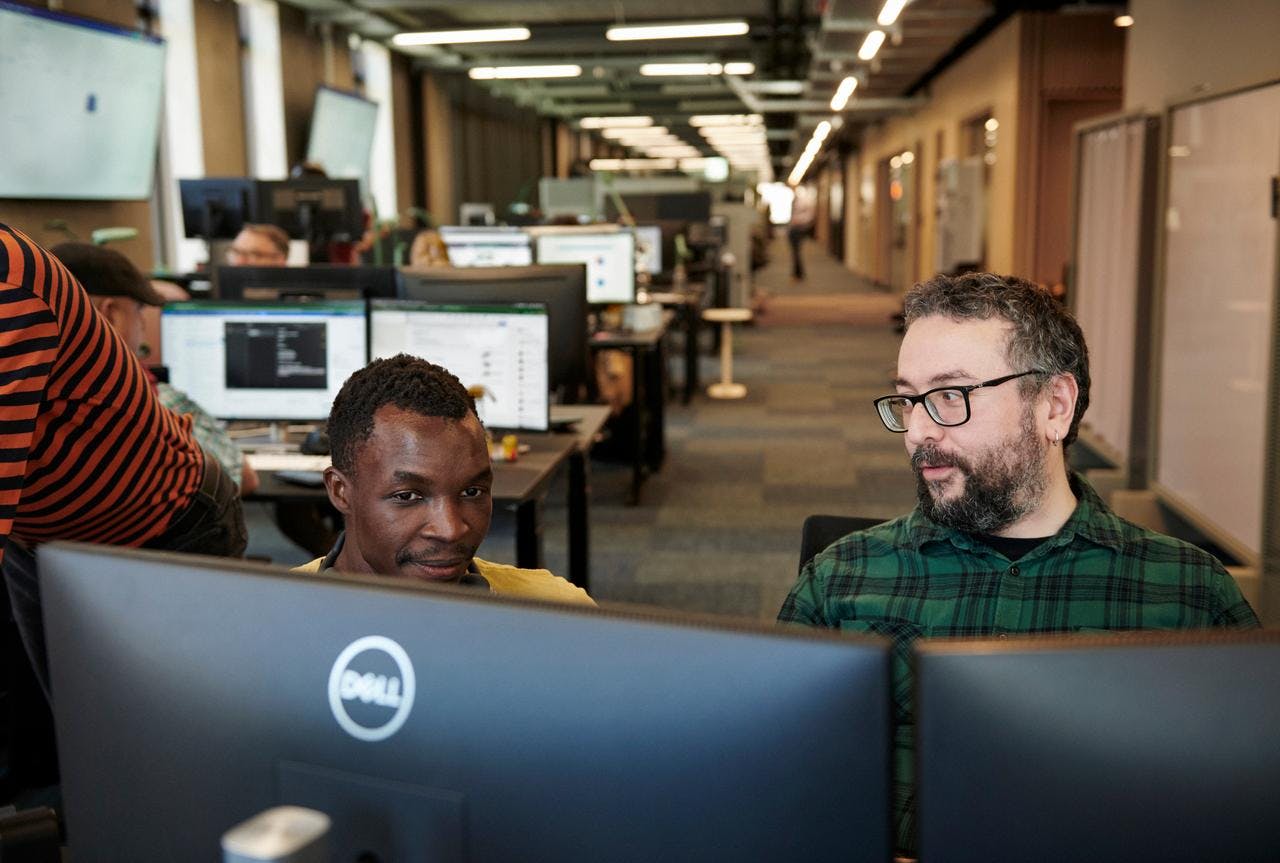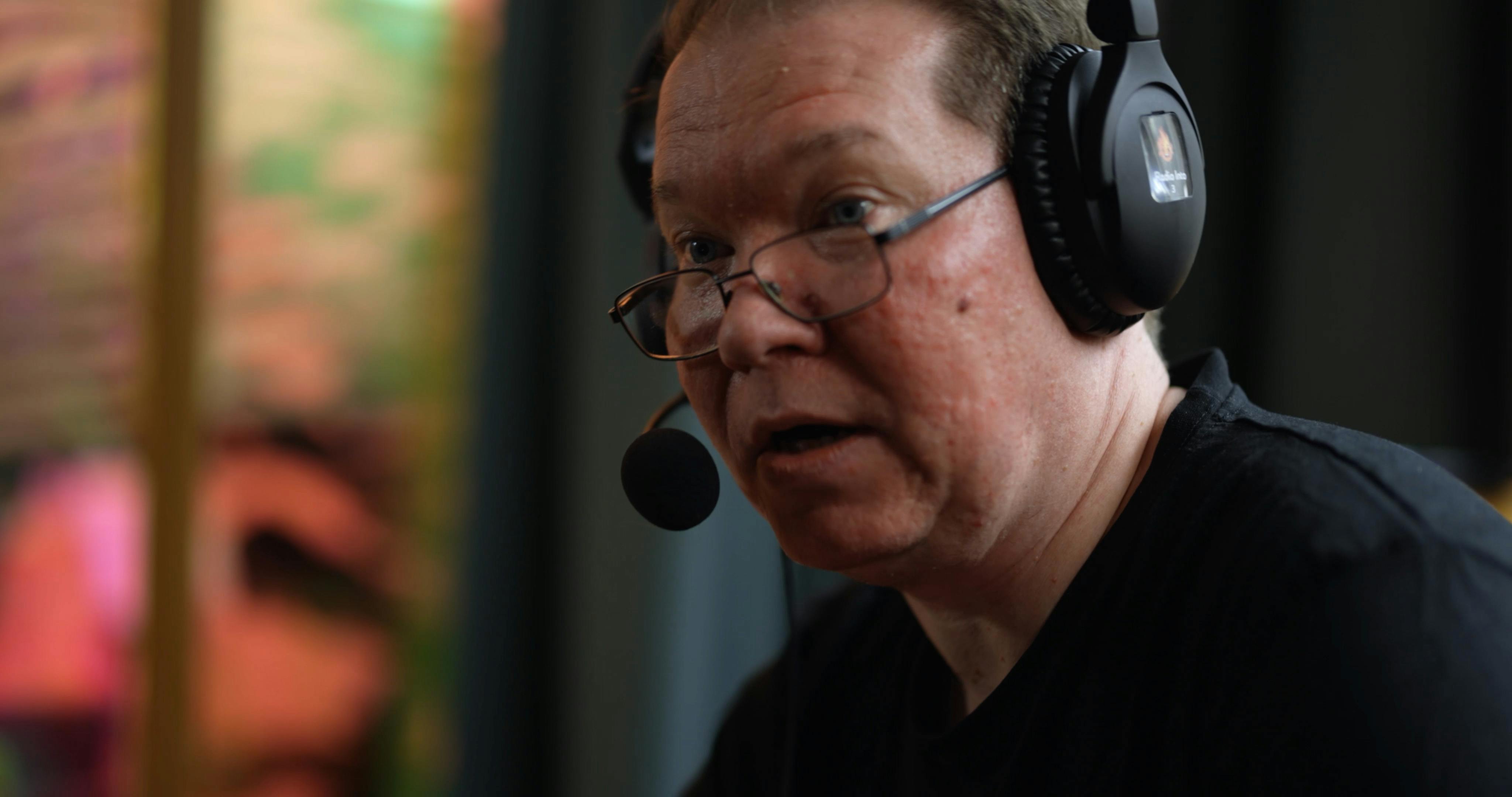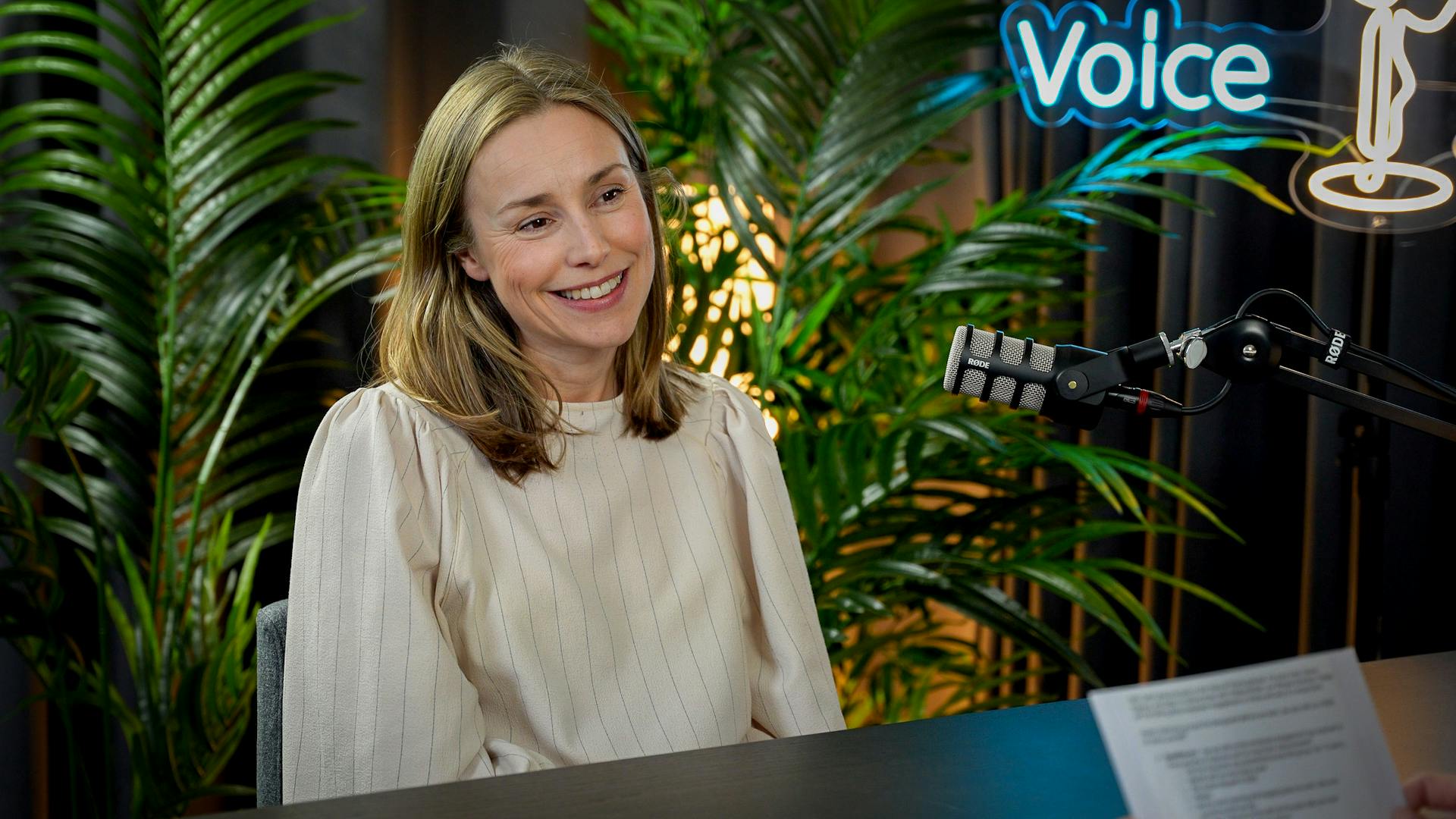Article
Habits and boundaries that minimise work-related mental health risks
9/10/2024
min read
Life at Visma
Article
Habits and boundaries that minimise work-related mental health risks

According to WHO, approximately 60% of the world’s population is currently employed, and as of 2019, an estimated 15% of those were battling a mental disorder. On a global scale, this costs billions of workdays and a staggering $1 trillion in lost productivity every year. The good news is that there are steps we can all take to reduce the negative impacts of work-related risks, and most importantly, prioritise our mental wellbeing while balancing the demands of our career.
Assess the challenges of your workplace
Before determining what steps to take against work-related unhappiness and stress, it’s important to understand what psychosocial risks we’re facing in the workplace. Unhealthy work environments often exhibit the following characteristics:
- Toxic company cultures
- Excessive workloads and long days
- Poor physical working conditions
- Unclear job expectations and job insecurity
- Inappropriate promotion levels
- Inadequate pay or limited career opportunities
- Conflicting demands between work and home
Toxic company cultures can manifest through discrimination, harassment, bullying, or exclusion. However, the underlying issues are sometimes much more subtle and difficult to detect, such as insufficient support, unreasonable expectations or pressure, or a lacking sense of community. Add personal struggles on top of that, and managing work responsibilities can become unbearable.
Whether workplace challenges are the root cause or just a contributing factor, people struggling with mental health conditions are more likely to be excluded from employment, or experience inequality as an employee. While employers play a massive role in preventing unhealthy work cultures, there are things we, as employees, can do to protect our mental wellbeing while navigating our work responsibilities.
Explore what organisations can do to prevent mental health risks for employees →
How can I prevent work-related mental health issues?

1. If you work remotely, make sure your working conditions are good enough
The COVID-19 pandemic drastically changed how we work, making remote work a new normal for many. Whether you work entirely from home, in the office, or follow a hybrid model, companies have had to adapt, and remote work is here to stay – even now that we’re past the initial shock of the pandemic. While working from home offers flexibility and allows employees to save time on commuting, it also has its downsides. Many have reported a sense of loneliness or isolation, and blurred work-life boundaries. Another challenge is lacking a designated workspace and proper digital or ergonomic equipment at home. This makes the transition from “work mode” to “life mode” after a workday less distinct, which is problematic for several reasons:
- Difficulty switching off: With no physical commute to separate work from home, it gets more difficult to mentally disconnect. The laptop lingering in your peripheral vision is a constant reminder of any task that might remain.
- Longer workdays: Because of said laptop and a sense of guilt, many employees report longer working hours from home compared with their in-office counterparts. Without office cues like coworkers leaving at the end of the day, it’s easier to lose track of time.
- Less personal time: Extended work hours intrude on personal time, eating away at your opportunities to relax, pursue hobbies, or spend quality time with loved ones.
…all of which contribute to stress and can ultimately lead to burnout.
It should be in your employer’s best interest to prioritise your mental wellbeing which, in turn, boosts productivity. Having the right tools – whether it be an ergonomic chair, a keyboard, or a standing desk – is essential to avoid physical strain and improve focus.
If working remotely makes you feel isolated, utilise collaboration platforms like Slack, Teams, or Zoom for both work and socialising. Stay connected by checking in with your coworkers, sharing updates, or organising virtual coffee breaks. Consider joining or creating hobby-based groups to build a sense of community. Also, don’t be afraid to reach out and initiate in-person meet-ups. More often than not, you’ll find that there are others looking to make work friends, as well.
If you struggle with separating work from personal time, there are some boundaries you can implement to help mentally log off at the end of the day. First and foremost, if you have room for it, avoid working from relaxation areas such as your bedroom, living room, etc. A designated work space signals to your brain which areas are for work and which are for unwinding. If these areas overlap, it’ll be more difficult to mentally remove yourself from being in “work mode”. Also, schedule regular breaks throughout each day to remove yourself from the work area and recharge. If you find that you tend to forget or skip your breaks, add an alert for scheduled breaks in your calendar.

2. Practise healthy tech habits to minimise stress
To preserve our mental wellbeing while balancing both tech-heavy work lives and personal lives, we need to be mindful of our habits. Here are some things we can do to ensure our tech use supports our wellbeing rather than take away from it:
- Establish tech-free time: Designate specific periods of the day to be technology-free (during meals, 30 minutes before bed, etc.) to give your mind and eyes time to wind down from constant screen time.
- Disable non-essential notifications: Reduce distractions and focus on important tasks by turning off the notifications you don’t really need. If you have an iPhone, you can turn on the “Focus” or “Do Not Disturb” settings to automatically filter notifications based on your current activity – whether that’s working, exercising, or sleeping.
- Practise the 20-20-20 rule: To reduce eye strain and enhance concentration, follow the 20-20-20 rule: every 20 minutes, take a 20-second break, and look at something non-digital 20 feet (6 metres) away.
- Schedule digital detoxes: Unplug intentionally, whether through shorter breaks or weekend digital detoxes, to refresh your mind and maintain a healthy relationship with technology (especially social media).
- Be mindful: Use technology deliberately. Whether it’s setting boundaries for work-related emails or limiting social media scrolling, intentional tech use can help you feel more in control and less reactive. Ask yourself: When is it appropriate to scroll and spend time online, and when is it not?

3. Prioritise a healthy work-life balance
Maintaining a healthy work-life balance, both in setting aside personal time and making the most of it, is essential for your mental wellbeing and long-term productivity. Here are some tips to help you manage and enjoy both your professional and personal life:
- Prioritise self-care: Whether it’s regular exercise, hobbies, nutritious meals, or a skin care routine that helps you relax and feel good, treat these activities as essential commitments. Consistency is key.
- Practice mindfulness: Try mindfulness and stress management techniques, such as meditation or deep breathing exercises, to help relieve anxiety and improve focus. There are plenty of free guided meditation apps or YouTube tutorials out there to help you get started.
- Utilise breaks effectively: Take regular breaks throughout your day to recharge, using this time for short walks, relaxation, or stretching. Don’t skip them!
- Limit after hours work: Clearly define your work hours and stick to them, so that others will too. Make sure you actually disconnect after hours – this time is for you and your loved ones.
- Ask for flexibility: Don’t hesitate to discuss flexible working options with your employer, which can help accommodate your personal needs and commitments. A healthy work relationship thrives on mutual respect and understanding – it needs to go both ways.
- Reflect regularly: Evaluate your work-life balance on a regular basis. Ask yourself what aspects of your job cause unnecessary stress, and how to best address them. If left unchecked, negative patterns will persist and worsen over time.

4. Explore and utilise the mental health resources your company offers
Many companies today recognise the importance of mental health and offer various support systems to help employees manage stress and maintain a healthy balance. Looking into these is a helpful step in ensuring your wellbeing in the corporate world. Resources such as therapy, wellness programmes, mindfulness workshops etc. are becoming more common, providing employees with professional guidance.
At Visma, we take mental health very seriously and offer a range of resources to support employees in maintaining their wellbeing. An example is the annual Wellness Day that Visma Sweden hosts online for all employees on World Mental Health Day. It includes a mix of wellness activities, such as mobility yoga sessions and webinars focused on key areas of mental health. This year, the event includes:
- A gentle mobility yoga session designed to be done at your desk, offering a simple way to release tension and improve mobility during the workday.
- An informative webinar on sleep, teaching our employees about the science behind sleep and its impact on overall health.
- Nutrition tips by experts on how to translate high-performance nutrition strategies into practical advice for everyday health.
To build a company culture that truly supports mental health, it’s important to focus on leadership, communication, and providing the right support. But remember: one of the most powerful resources we have is simply talking to one another. All of us can contribute to breaking down stigma by participating in open conversations about mental health, and showing understanding and empathy. Managers and employees alike play important roles by listening, sharing experiences, and validating feelings without judgement. Together, we can create workplaces that prioritise mental health, ultimately leading to healthier, more inclusive environments for everyone.

Curious about how we prioritise our people’s wellbeing? Learn more about our commitment to social sustainability.
Voice of Visma
Welcome to the Voice of Visma podcast, where we sit down with the business builders, entrepreneurs, and innovators across Visma, sharing their perspectives on how they scale companies, reshape industries, and create real customer value across markets.

